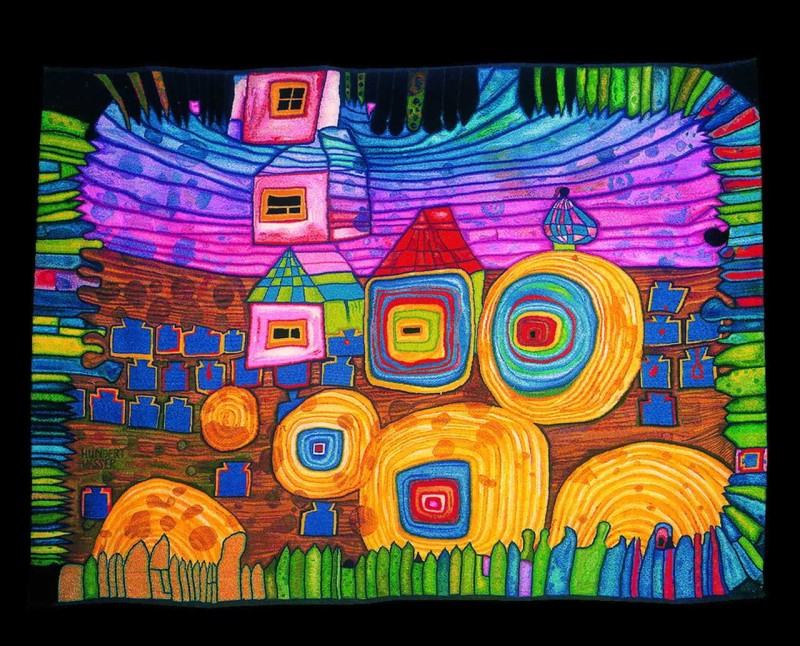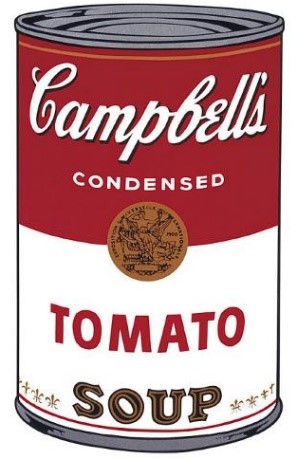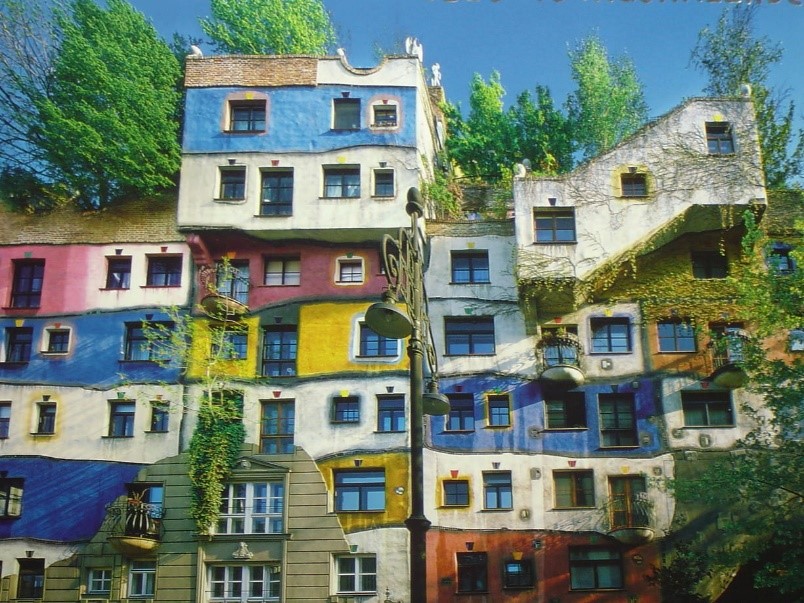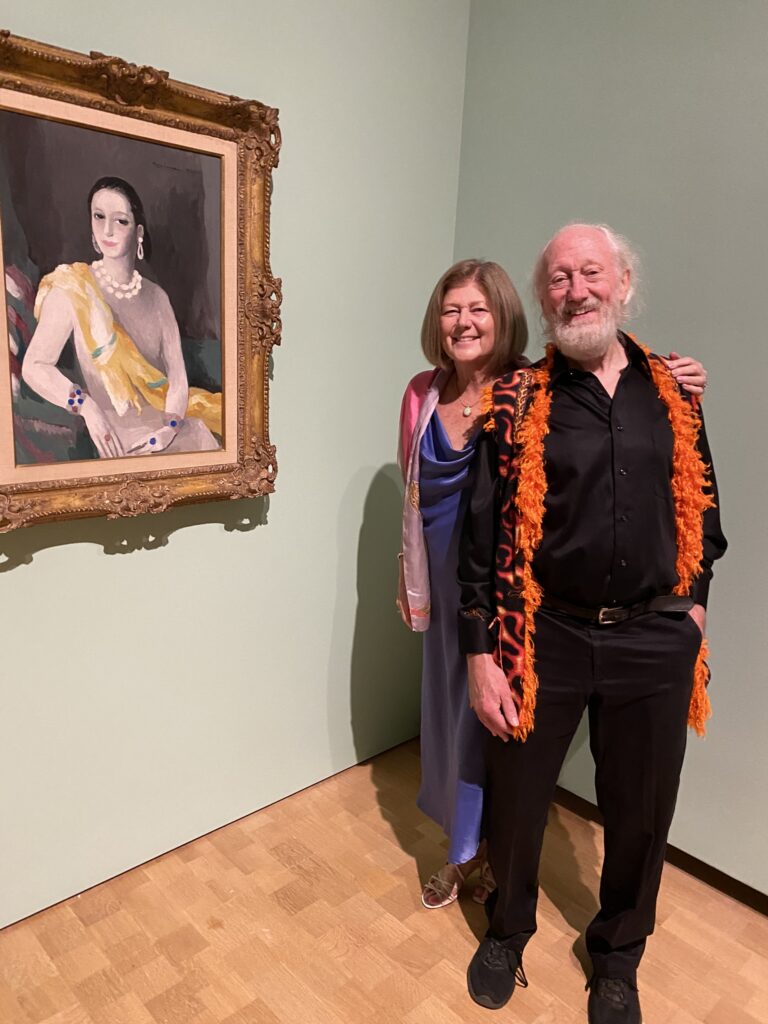what Is art?
For three years in the early 90’s I slept on a mattress on a floor under a bizarre painting with an equally bizarre woman by my side. I never understood either one until about ten years later…but the painting more than the woman. Anne was a Professor at Moore College of Art and the painting…I’ll tell you in a bit.
At the time, I lived with Anne in her house, a small rowhouse, on a narrow little street, in the historic part of Philly. My house was nearby but I spent the nights with her. She was a single mom and her daughter Alexis lived there too. At times I’d drive Alexis to school in the morning…a Quaker school out in the suburbs on my way to work. It was a taste of family life I’d never had as a single man. I liked it. Anne was smart and funny and that kept us together. Her other side was intense, unpredictable, and often rude. After living with her two years her friends would congratulate me for outlasting both of her past husbands combined. I thought I was special until a year later when I got the boot and joined the ranks of the other two.

Anne had no air conditioning and one night we were in bed on a particularly hot and muggy summer night. She got out of bed and went to the bathroom. She came back in the room with a soaking wet sheet and threw it on me and then crawled under it. “What the hell?” I’m gasping. Yes, we were cooler, but who can sleep with a soggy sheet on top of them. She was insane. I seemed to gravitate to this type. I don’t know why except perhaps for the entertainment.
Every day Anne would ride her bike to work and would go swimming. She would take me to a pool on weekends and make me swim. I like to swim, but not with a drill instructor counting the laps and not letting me stop. A few weeks before my birthday I mentioned I’d like to try snowboarding. When I went to bed the night of my birthday there was a snowboard tucked under the covers. My surprise was mixed with “Oh wow a snowboard, and oh shit, now I have to learn this sport”. A few weeks later, Anne, Alexis, and I went to Killington and took lessons. Anne dropped out after being slammed to the ground a few times when she caught an edge. I kept going and never stopped. In the end, I owe my love of snowboarding to Anne. I also owe her my perspective on art.
Many of my family members growing up were artistic…I was not. Likely because I was focused on science and how could art have anything to do with that. But as a little maturity set in, I wanted to learn. Anne took me to the Philadelphia Museum of Art, one of the bastions of art in the U.S. right in our backyard. I was excited that I now had a guide who could explain things to me. In front of a Renoir…I asked her…so explain what’s going on here…what do you see? She said, “No, what do YOU see? Bummer. I thought this was going to be easy. I thought the museum was going to be a classroom with my art professor girlfriend as the teacher. Nope…not with Anne.

But Anne did teach me that art is a very personal thing. If I didn’t appreciate the brush strokes in a Renoir that was OK. It’s where the art takes your mind, it’s the feelings it invokes, it’s the bond between your mind and the artist’s as communicated by shapes and colors. I did learn about some of the artists and you do appreciate their style and how some of them, in their time, may have changed what art was to what art became. Years later a walk through the van Gogh Museum in Amsterdam provided an in-depth appreciation of his life, from his early works to his most famous pieces. And likewise, the Andy Warhol exhibit at the Whitney in New York showed me the breadth of his work I never knew…the Warhol outside of the soup can. Certainly, knowing the artists provides some richness in viewing their art.
Now, back to Anne’s bedroom. I got to know the painting in Anne’s house about five years after I got the boot. My European Sales Manager, Heimo Mueller, lived in Vienna and I would visit him several times a year. We bonded quickly over bars, beer, and women and he introduced me to a lot of fun in an awesome city. After about the third visit I started staying in his flat in the 7th District, pretty much in the middle of the city and I got to know it well.
Vienna is called the “Paris-of-the East” with its palatial architecture and rows of stately buildings. But the first time you walk around you stumble across some very odd architecture that seems out of place. Here and there the city is punctuated with a structure looking like a cartoon, like a child’s coloring book. To me it wasn’t odd, I absolutely loved it and I told that to Heimo. One day he told me they have a museum full of this guy’s architecture and paintings and asked if I wanted to go. “Sure”, I said as I was excited to see more. We were in the museum less than a half hour when I stopped dead in my tracks. There it was! The painting in Anne’s bedroom. I hadn’t made the connection. The painter was Friedrich Hundertwasser and he was also an architect. He lived in Vienna and this was his museum.

The connection made me appreciate Anne’s work, as an abstract artist, which I hadn’t really understood. The more I learned about Hundertwasser the more it resonated with me as it tied together painting, architecture, and the environment. He was perhaps the first artist I studied and his life story and work gave me a grounding to move to others. Gaudi, of course, is a natural next and I got to experience his work on an extended stay in Barcelona.
Hundertwasser’s style has been called childlike and simple…which was perfect for me. But he had a deep connection with the environment as did I. My childhood was divided between beaches and mountains and my college years coincided with the first Earth Day and a sense that we were destroying the planet. Nature was Hundertwasser’s teacher, and he was a philosopher more than anything. His topic was man’s relationship with nature. His language was his art
My dad was an architect and had a similar connection to nature. I would always cringe when I saw a house being built where the first step was to clear all the trees. My dad would start with the environment and build the house to blend in. rarely cutting a tree. So I understood this. I appreciated it. It was in my genes. But Hundertwasser took it to another level entirely with very few straight lines in his houses to more closely mimic what is seen in nature.
Finally, I got to where I could understand an artist. I could see his world and the connections to mine. But there was one more thing I didn’t understand…and a young couple in Amsterdam helped me with that. But first, some context.
Armed and happy with my new perspective on art it didn’t take long to wonder why there were art critics. If the value of art to the viewer is personal, as I had just discovered, then why are there art critics and why are some paintings worth many millions and others dismissed. I never understood this and still don’t. It doesn’t fit my mental model of art. It seems this is like having critics assess the value of a personal relationship between a husband and wife. I walk through the Barnes Museum in Philly where some of the paintings, actually most of them, are priceless. Then I walk through my house and get more enjoyment out of looking at a piece of art from a friend. Is it me and my uneducated brain? Or is it a charade?
I started wondering about classes in art appreciation which is “the study and understanding of the visual arts, including painting, sculpture, architecture, and other forms of expression and involves learning about the elements and principles of art, as well as the historical and cultural context in which works of art were created.” But it doesn’t mean after you get an A in the class that you will like all forms of art.
My father never liked turnip greens, but my mother grew up on them having been raised in the South. Fortunately, it was one of their few disagreements. Tastes in food vary among people across a wide spectrum. So, would it make sense to have a course in Food Appreciation that would get my dad to appreciate turnip greens? I’m sure he could be the world’s expert in turnip greens, but he would still hate them.
To be clear, I understand the value of studying art and it takes knowing a subject to appreciate it. But I still do not understand the role of an art critic (or a food critic) when our tastes are so personal.
Around the same time as Anne, I met a Dutch neurologist, Hedwig, at a medical meeting in Glasgow and we became good friends. Like clockwork, I would visit her in Holland during business trips one or two times a year for decades. I became part of her family. I got to know her daughter Kate as if she were mine…seeing her every year since she was three years old. Kate, like Anne’s daughter, was brilliant. Her father was an internationally known professor in cultural linguistics. She went to the University of Amsterdam and then University College London studying cultural anthropology. She settled back in Amsterdam where she met Stefan Ruitenbeek, a somewhat abrasive but very talented film producer (hmm, like Anne as a man). Maybe Kate and I share this attraction, I don’t know.
After being together for a short while, Stefan and Kate decided someone needed to keep a check on art critics and they started to produce a video series called KIRAC (Keeping it Real Art Critics). KIRAC episodes are fun to watch and their popularity has justified my suspicion about art. The abrasiveness in KIRAC is sometimes hard to take, but their mission caught on, gathering a sizeable number of followers and they received funding from the Dutch government to continue the series. Could this be a way to put art critics on notice? Kate is a small woman but with an intellect that’s larger than life. In one of their episodes there are several distinguished art aficionados on a stage and they had invited a public dialog with Kate after some scandalous episodes of KIRAC. They wanted to hold their ground and put the brakes on the growing KIRAC popularity. They fully believed they could, once and for all, squash the KIRAC agenda. The episode starts with Kate sitting on one side of the stage, alone and outnumbered by the four art authorities on the other side. It is fun to watch as she methodically dissects the arguments from the establishment and wins the debate. Stephan and Kate were recently featured in the New York Times.
So at this point in life it was probably better I had no interest in art early on as I was never indoctrinated into the who’s who of the art world. Despite her insanity, I was glad Anne was persistent with me. And despite the sleepless nights in Vienna, I owe it to Heimo for the introduction to Hundertwasser. I was able to explore this world at my own pace and find what made sense to me. And the work of Stephan and Kate through KIRAC further justified my personal view of art.
I recently went to the Barnes Museum Art Ball dressed as a flamboyant art critic (reusing some of my Burning Man attire). I took my friend, Jeanne, who has a PhD in Biochemistry but who also knows a lot about art. At one point we stood in front of a painting and started to describe it in terms of its hydrocarbon chains and the enzymatic relationships of its compositional elements. People near us looked at us and then the paintings and then back at us. Some laughed but some nodded in agreement. I was now an art critic. It felt good.

Very quickly, the parallel to religion and one’s faith became obvious to me. As a child, my conservative parents made sure I fulfilled my quota of time in church. We were taught at an early age that if you weren’t in our faith, there was something wrong with you and if you weren’t our particular denomination you hadn’t been enlightened. It’s no secret that teaching ideology to children early on makes the roots grow deeper and harder to uproot at a later age. It’s what kept religion alive through the centuries. Though my parents can’t be faulted, I wish I had the chance to discover my faith at my own pace and find what made sense to me…like I did with art. Maybe Kate and Stefan could turn to religion next with a new KIRAC…Keeping it Real At Church.
So what is art? To me, art is messaging. The artist sends a message through their medium. If the message elicits a response then the art is meaningful to you whether you like the response or not. Those who are worldly and well-read may respond to a wider range of messages. But to those with a more myopic view art can be just as rewarding. So I’ll end with that, likely naïve, definition. However, as an engineer I know there are other components to the equation. The business side of art, as well as with religion, competes with the messaging from the art itself. Art critics, teachers, and dealers try to influence your response in the same way religious leaders try to shape your faith. Fortunately, my intro to art bypassed that. Thank you, Anne!